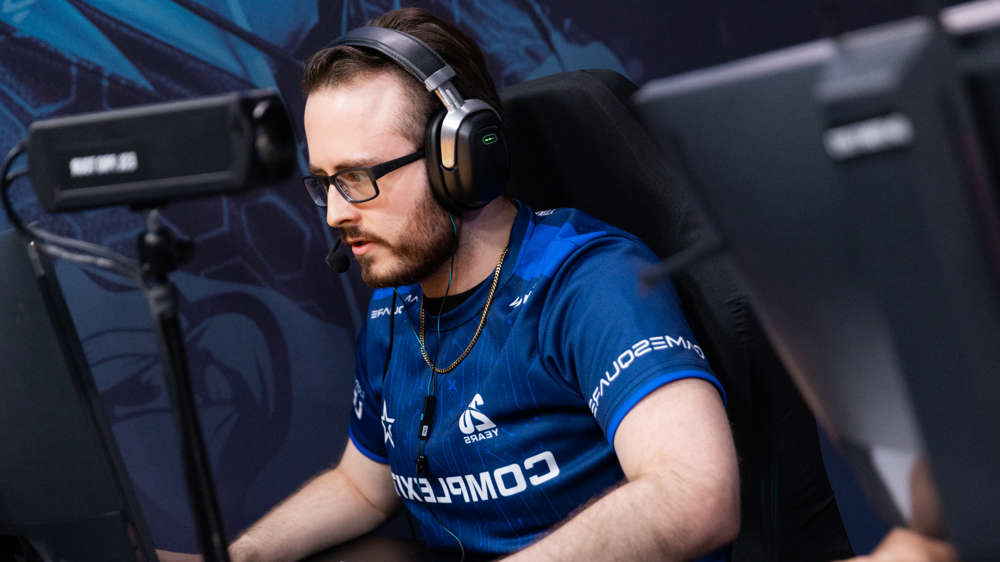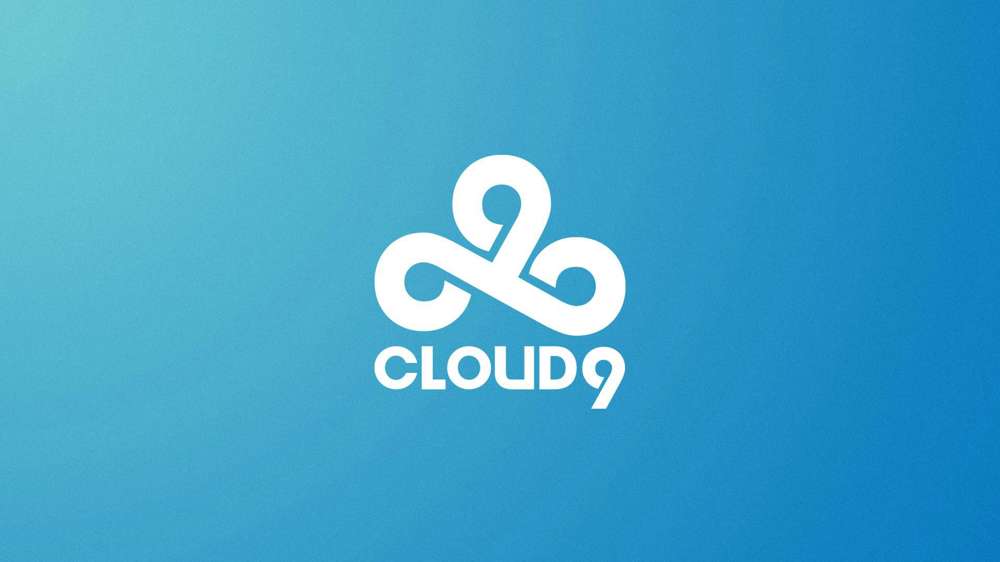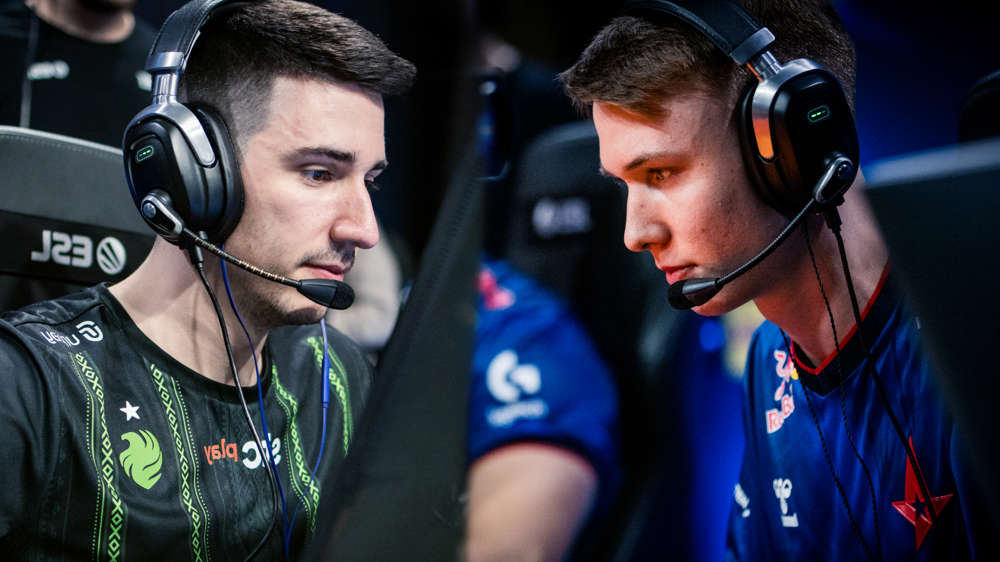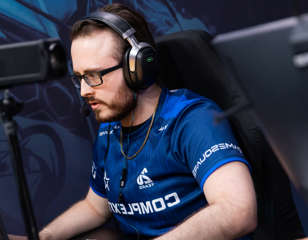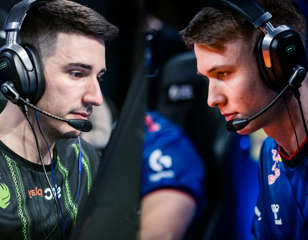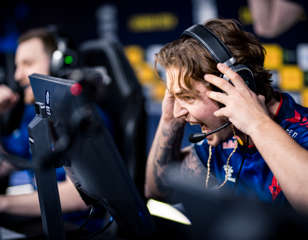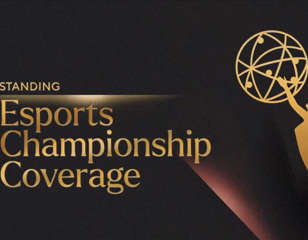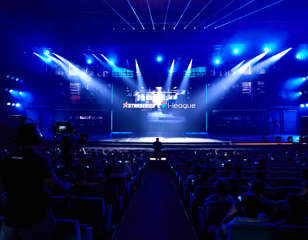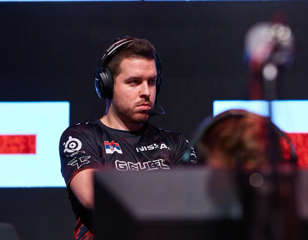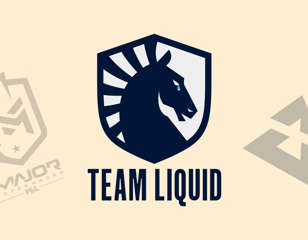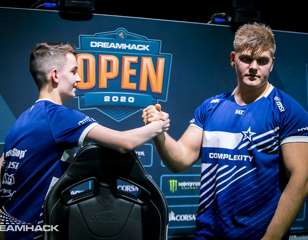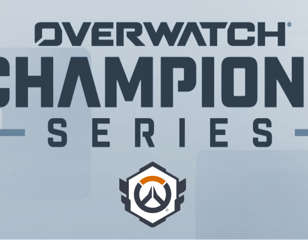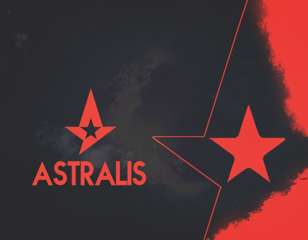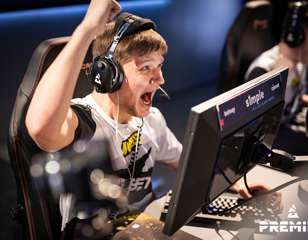CS pro Ropz opens up in rant on 128 tick rate in CS2
A discussion topic as old as the game itself is once again flaring up in Counter-Strike's newest version as pro players once more ring the alarm bells.
18th Sep 2023 16:35
Image via BLAST


CS pro Ropz opens up in rant on 128 tick rate in CS2
A discussion topic as old as the game itself is once again flaring up in Counter-Strike's newest version as pro players once more ring the alarm bells.
18th Sep 2023 16:35
Image via BLAST
It's a discussion as old as the game itself. The topic of tick rate in Counter-Strike has once again been brought back to the forefront, following a detailed rant from pro player Robin "ropz" Kool.
The central point revolves around the efficacy of 128 tick (128t) servers compared to 64 tick (64t) servers, and the role of Valve’s newly introduced "sub-tick" system.
Finding the balance
In a long post on Twitter, ropz shared his experiences and observations about using 64t and 128t while playing CS2.
"I've joined surf servers many times which are using 64t, then go into an aim map forgetting that it loads up the same 64t from the previous server...
"In the end it's easy to notice you are playing 64 tick when you are strafing, shooting, bhopping, throwing nades, getting bad hitreg," he mentioned.
Ropz claims that 128t offers a more consistent gameplay experience due to its low and consistent latency, thereby reducing the frequency of "bad hitreg" occurrences. He associates a higher tick rate with more consistent feedback on strafing and shooting dynamics.
The pro player also compared this scenario to the use of different monitor refresh rates, advocating for finding a "sweet spot" that facilitates optimal gaming without pushing the limits unnecessarily.
While the difference between a 60hz monitor and a 144hz monitor was substantial, an upgrade to higher hertz hardware, such as 360 or even 500hz screens, would bring diminishing returns. Just the same, 64t and 128t would be a noticeable improvement, while 256 tick servers or higher would be overkill, so ropz.
He extended the discussion to include the sub-tick system introduced by Valve in CS2, expressing a desire for it to hopefully achieve or surpass the consistency of 128t servers.
The Sub-Tick Discussion
The sub-tick system has been another point of discussion in recent weeks for the CS community. While it is speculated that Valve's reluctance to upgrade its server infrastructure to 128t servers was due to the expected cost, the CS developer had tried to find another software-sided solution instead.
According to an explanation from Reddit user u/kg360, which highlighted the benefit of sub-tick effectively ensuring that shots that should hit on the player's screen would reliably do so, it does introduce a considerable delay for the player on the receiving end of a shot.
"This is why you are now able to get shot around corners... This is the reason that the aim punch feels disgusting. When you are on the receiving end of a bullet, you have the equivalent of a 32-tick server's delay," u/kg360 detailed.
It was noted that the system essentially halved the tick rate for players on the receiving end, correlating with a phenomenon where players experience up to twice the delay compared to CS:GO's 64-tick servers.
Ropz, reflecting on these dynamics, hoped for enhancements in the sub-tick system that would bring it on par with, or potentially exceed, the consistency presently found in 128t servers.
Other community members have argued the subjectivity of the netcode, citing old research on the general ability of CS players to tell 64t and 128t gameplay apart. As discussions continue, it remains to be seen how Valve will address the feedback and observations coming from various quarters, including seasoned players like ropz.

About The Author
Sascha Heinisch
Sascha "Yiska" Heinisch is a Senior Esports Journalist at GGRecon. He's been creating content in esports for over 10 years, starting with Warcraft 3.

